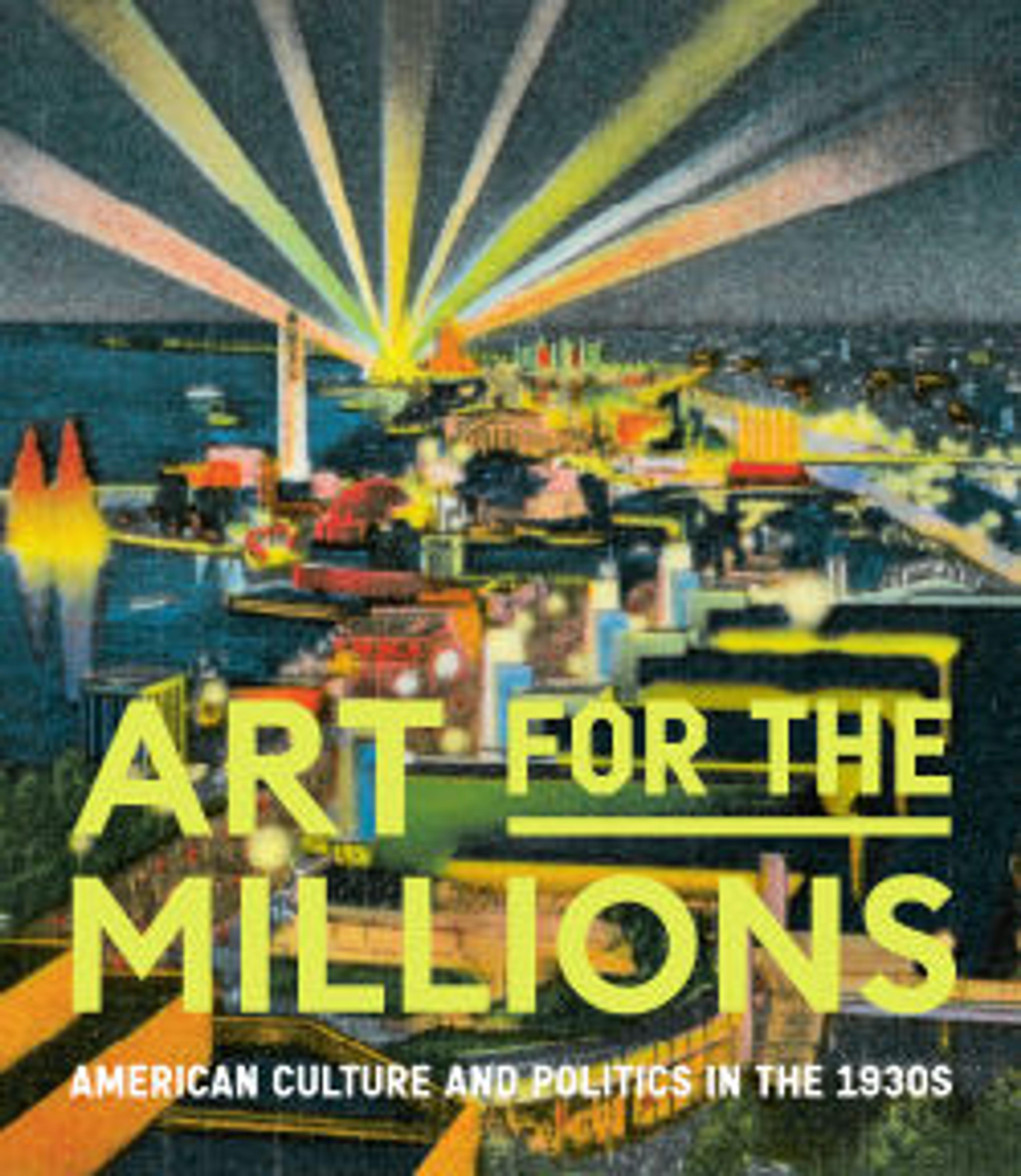Jitterbugs V
Johnson created his lively series of Jitterbug paintings and screenprints (ca. 1940–42) while teaching at the WPA's Harlem Community Art Center. After 13 years of living abroad and painting in a modernist style, the artist returned to the United States in 1938 to record the daily lives of African Americans in a manner akin to naïve folk art. Here, a flamboyantly dressed couple dances wildly at one of Harlem's popular nightspots to the loud music being played on two trumpets and a drum set. Artist Romare Bearden (who knew Johnson) recalled his own experiences at the time: "Three nights a week, we were at the Savoy Ballroom. Charlie Buchanan, who ran the place, liked artists to come to the Savoy. The best dancing in the world was there, and the best music. When we left the Savoy, we'd go to the after-hours spots….They called us the Dawn Patrol. We moved till dawn, from one after-hours spot to another."
Artwork Details
- Title: Jitterbugs V
- Artist: William Henry Johnson (American, Florence, South Carolina 1901–1970 Central Islip, New York)
- Date: ca. 1941–42
- Medium: Color screenprint
- Dimensions: 17 1/2 × 11 1/4 in. (44.5 × 28.6 cm)
- Classification: Prints
- Credit Line: Gift of Reba and Dave Williams, 1999
- Object Number: 1999.529.78
- Curatorial Department: Modern and Contemporary Art
More Artwork
Research Resources
The Met provides unparalleled resources for research and welcomes an international community of students and scholars. The Met's Open Access API is where creators and researchers can connect to the The Met collection. Open Access data and public domain images are available for unrestricted commercial and noncommercial use without permission or fee.
To request images under copyright and other restrictions, please use this Image Request form.
Feedback
We continue to research and examine historical and cultural context for objects in The Met collection. If you have comments or questions about this object record, please complete and submit this form. The Museum looks forward to receiving your comments.
